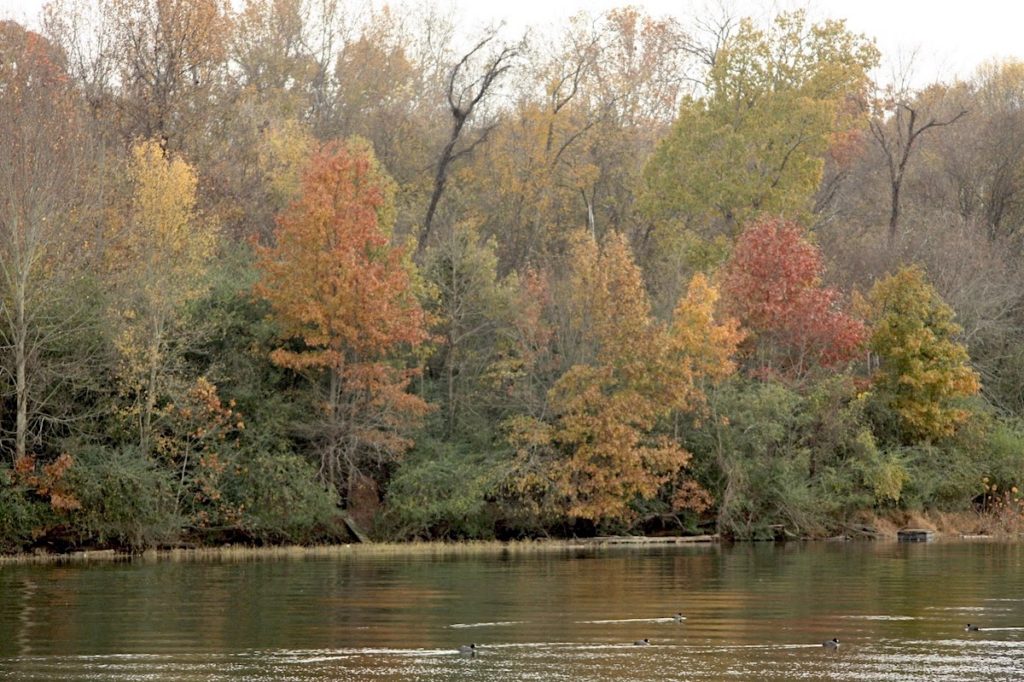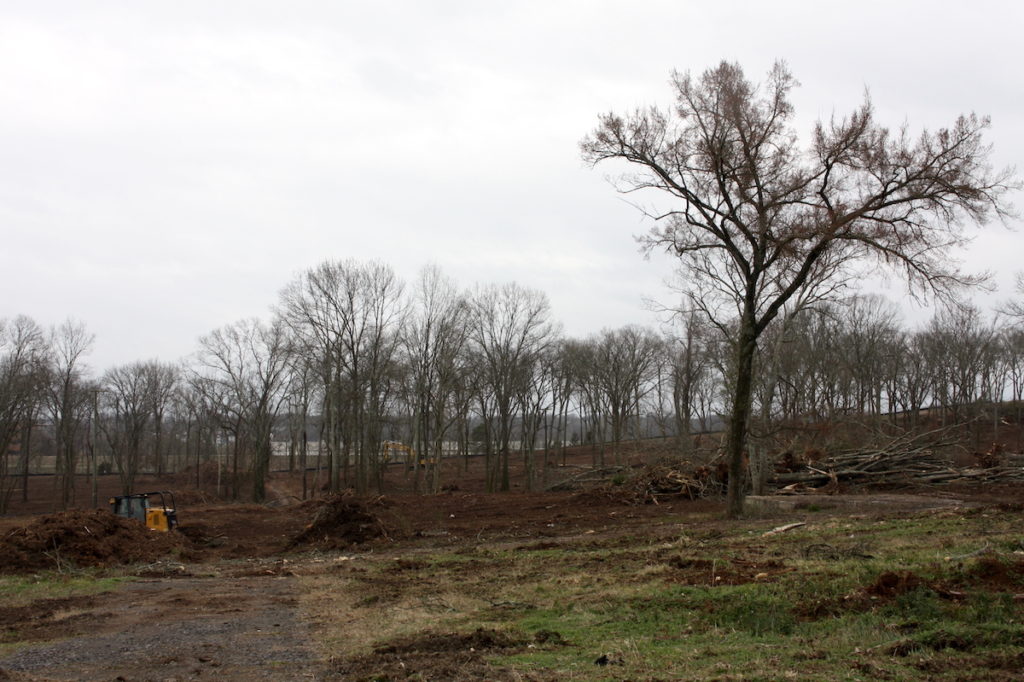
Nashville has proposed new legislation to fund the restoration of the city’s dwindling tree canopy through tree plantings and maintenance.
Between 2008 and 2016, Nashville lost more than 900 acres of trees, or about 13% of its tree canopy. The city estimated that this cost residents more than $600,000 in environmental benefits associated with trees, including stormwater management, improved air quality and lower utility bills.
The rate of tree loss might have worsened in the past five years, based on the record amount of land grading permits currently active and the lack of canopy-retention standards for development, says Metro Water Services’ Rebecca Dohn.
“The primary mechanism for canopy loss in the city right now is development. We are a victim of our own success. All the additional buildings and impervious surfaces and everything we’re adding out there isn’t leaving room for our canopy,” Dohn said.
The ordinance proposes the city’s first dedicated funding source for trees, and this funding will reflect construction activity. If approved, the city would allocate 1% of the building permit revenues, grading permit revenues, and bonds issued by Metro for construction projects to a qualified partner agency overseeing trees.
“This will be sending a message that the tree canopy is vital infrastructure for our city,” Dohn said.
The funding will be capped at $2.5 million annually, which the city thinks will be enough to start making progress.
Most tree losses occurred in people’s yards, so the city plans on concentrating plantings on private property.
This won’t be the city’s first tree restoration effort. In 2017, Nashville launched the Root Nashville campaign with a goal of planting 500,000 trees by 2050. Since then, they realized that won’t be enough trees to grow the canopy — and it probably wouldn’t even prevent the canopy from shrinking.
“With the 500,000 trees, we could possibly double that goal and still not meet our canopy by 2050,” Dohn said.
 Tony Gonzalez WPLN News (File)
Tony Gonzalez WPLN News (File)A development project along West Trinity Lane in North Nashville led to the removal of numerous trees.
In addition to continued development, the city faces storm risks and emerald ash borers — an invasive beetle that eats ash trees — which could cause as many as 1.6 million deaths in the next decade.
Ultimately, the city hopes this new restoration effort will improve equity outcomes. In the ordinance, the city references a Nature Conservancy study that found low-income blocks, on average, have 15% less tree cover and are 1.5 degrees Celsius hotter.
The city will be remeasuring its tree canopy this winter for a study due in 2022 or 2023.
Based on the latest data, nine of Davidson County’s 14 sub-areas don’t meet their individualized minimum tree canopy goals. Those areas are Antioch/Priest Lake, Donelson/Hermitage/Old Hickory, Downtown, East Nashville, Madison, North Nashville, South Nashville, Southeast and West Nashville.
North Nashville and Downtown need the greatest increases. North Nashville currently has about 900 acres of canopy, which is roughly 19% of its land, and the city’s goal is to reach 38%.
Only 6% of downtown is canopy — the lowest portion in Nashville — and the city wants to double that figure.

